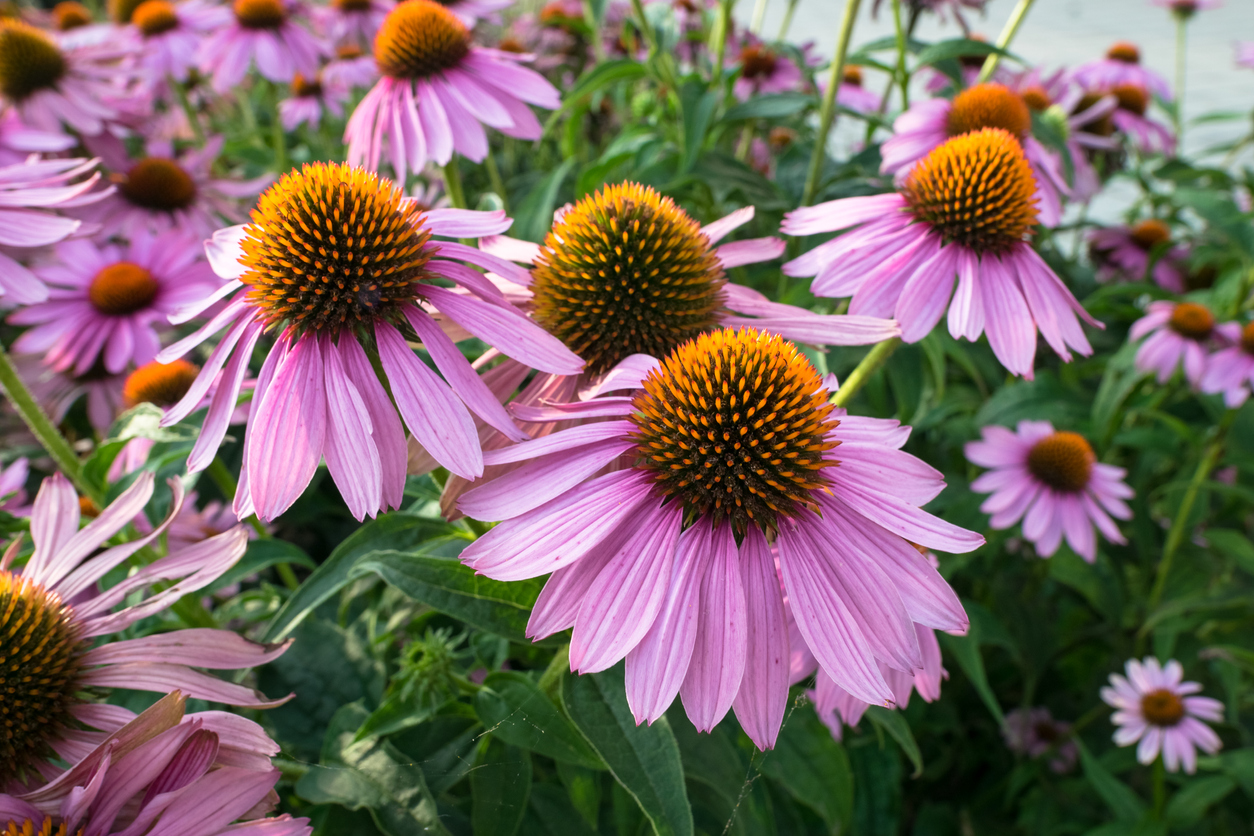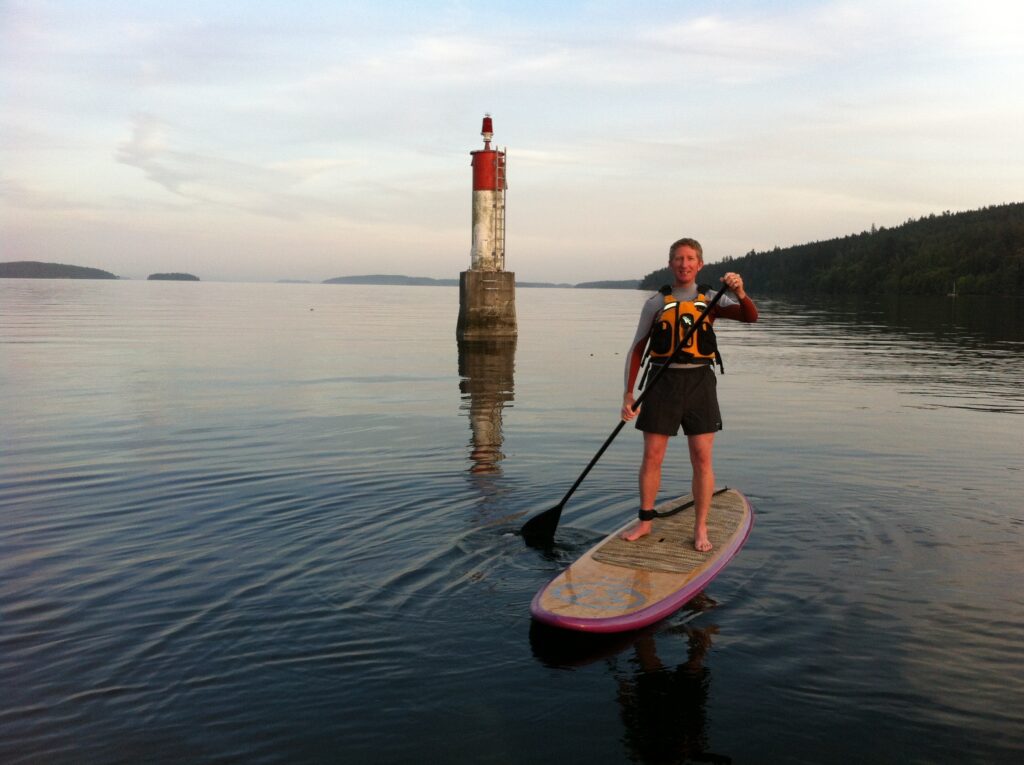With the support of our partner BC Hydro, Science World spotlights teachers leading their communities with clean energy mindsets and power smart practices for a brighter future.
Jonathan Hultquist, a science teacher at Tupper Secondary School in East Vancouver, says holding class outdoors provides new opportunities for problem-solving, a skill that’s critical in both science and life.
“We want to see a shift in the way students learn. Being in the rain and getting muddy can be part of it; the other part is giving yourself time and developing patience.”
His science students spend some of their class time in the natural elements investigating the rain gardens outside of their school.
Planted by the City of Vancouver as part of the green city strategy, the rain gardens are nature-based solutions to reducing pollution in waterways.

They capture and filter water before it goes back into the aquatic environment and provide a perfect setting to study a number of topics, from plant diversity and density, to pollution and climate.
Since 2021, Jonathan’s students have observed these small ecosystems filled with plants either native or naturalized to BC—such as black-eyed Susans, purple coneflowers and sword ferns—selected for erosion control and their ability to survive with both drought and lots of water.
“We look at these plants,” Jonathan says, “and we talk about how we’re connected to them. Every other breath we take comes from plants. They are our teachers and they’ve been on Earth longer than us.”
Jonathan traces his connection to learning in nature back to his years spent in Hawaii where his father lived.
As a young child, Jonathan was afraid of sharks, but as a teen he found himself in the presence of one during an afternoon snorkeling.
"I was surprised, because she wasn’t scary,” he says. “She was beautiful! I was mesmerized by the way she glided through the water. She seemed to move effortlessly. The experience changed my perception. Sharks weren’t scary anymore. They were another living being and they were amazing."


